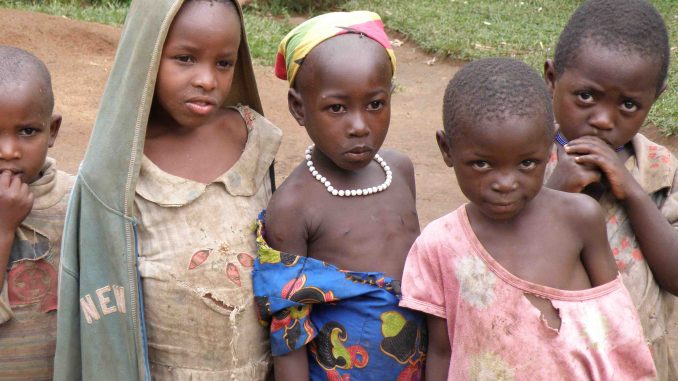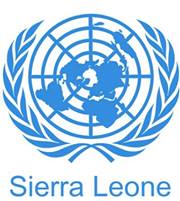
PRESS RELEASE
Investments in poor children save more lives per dollar spent, new UNICEF study says
Unless the world makes faster progress on reducing child mortality, by 2030 almost 70 million children will die before reaching their fifth birthday
Download the report, photos and videos: http://weshare.unicef.org/Package/2AMZIFLPXD7O
NEW YORK, 28 June 2017 – Investing in the health and survival of the most deprived children and communities provides more value for money, saving almost twice as many lives for every US$1 million spent as equivalent investments in less deprived groups, according to a new UNICEF analysis.
Narrowing the Gaps: The power of investing in the poorest children presents compelling new evidence that backs up an unconventional prediction UNICEF made in 2010: the higher cost of reaching the poorest children with life-saving, high-impact health interventions would be outweighed by greater results.

“The evidence is compelling: Investing in the poorest children is not only right in principle, it is also right in practice – saving more lives for every dollar spent,” said UNICEF Executive Director Anthony Lake. “This is critical news for governments working to end all preventable child deaths at a time when every dollar counts. Investing equitably in children’s health also saves futures and helps break intergenerational cycles of poverty. A healthy child has a better chance of learning more in school and earning more as an adult.”
Unless progress on reducing child mortality accelerates, by 2030 almost 70 million children will die before reaching their fifth birthday.
Drawing on new data from the 51 countries where around 80 per cent of all newborn and under-five deaths occur, the study shows that improvements in coverage of life-saving interventions among poor groups helped decrease child mortality in these countries nearly three times faster than among non-poor groups.
Crucially, the study uses new data and modeling tools to demonstrate that interventions reaching children in poor groups proved 1.8 times more cost-effective in terms of lives saved.
The study selected six key health interventions as indicators to assess access to high-impact maternal, newborn and child health interventions: the use of insecticide-treated bed nets, early initiation of breastfeeding, antenatal care, full vaccination, the presence of a skilled birth attendant during delivery, and seeking care for children with diarrhea, fever or pneumonia.
Specifically, the study found that:
- Access to high-impact health and nutrition interventions has improved most rapidly among poor groups in recent years, leading to substantial improvements in equity.
- During the period studied, absolute reductions in under-five mortality rates associated with these changes in coverage were nearly three times faster among poor groups than non-poor groups.
- Since birth rates were higher among the poor than the non-poor, the reduction in the under-five mortality rate in poor communities translated into 4.2 times more lives saved for every million people.
- Of the 1.1 million lives saved across the 51 countries during the final year studied for each country, nearly 85 per cent were among the poor.
- While the per capita investment needed to improve coverage among the poor is greater than that required to reach the non-poor, these investments save almost twice as many lives per US$1 million invested as equivalent investments in the non-poor.



